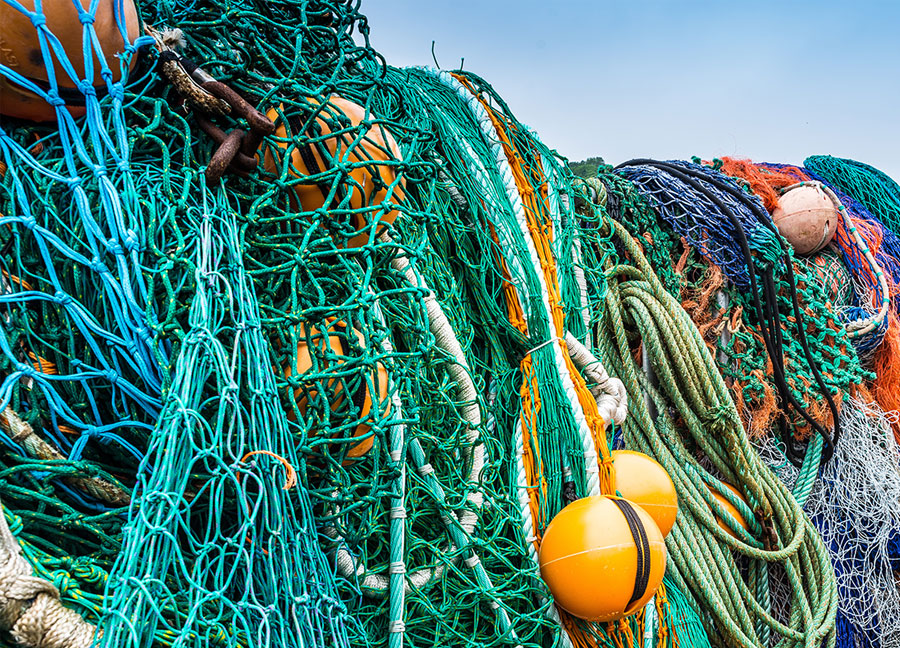Maritime
Space technology is the natural ally of deep-sea activities, whether commercial, scientific or sporting.
Away from the mainland and its infrastructures, in international waters,
offshore activities are extremely varied and many people depend on them on a daily basis.
Being able to keep in touch with relatives, rescue services, authorities
or simply report on the progress of daily tasks is possible with satellite connectivity.
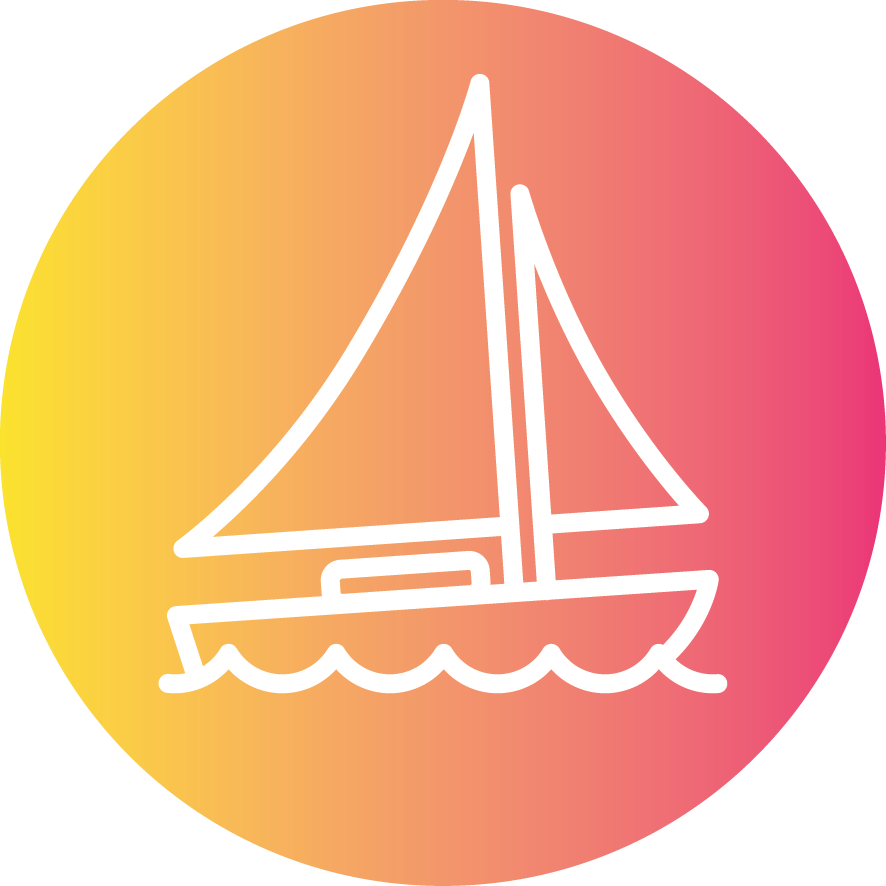
30 millions
recreational boats worldwide
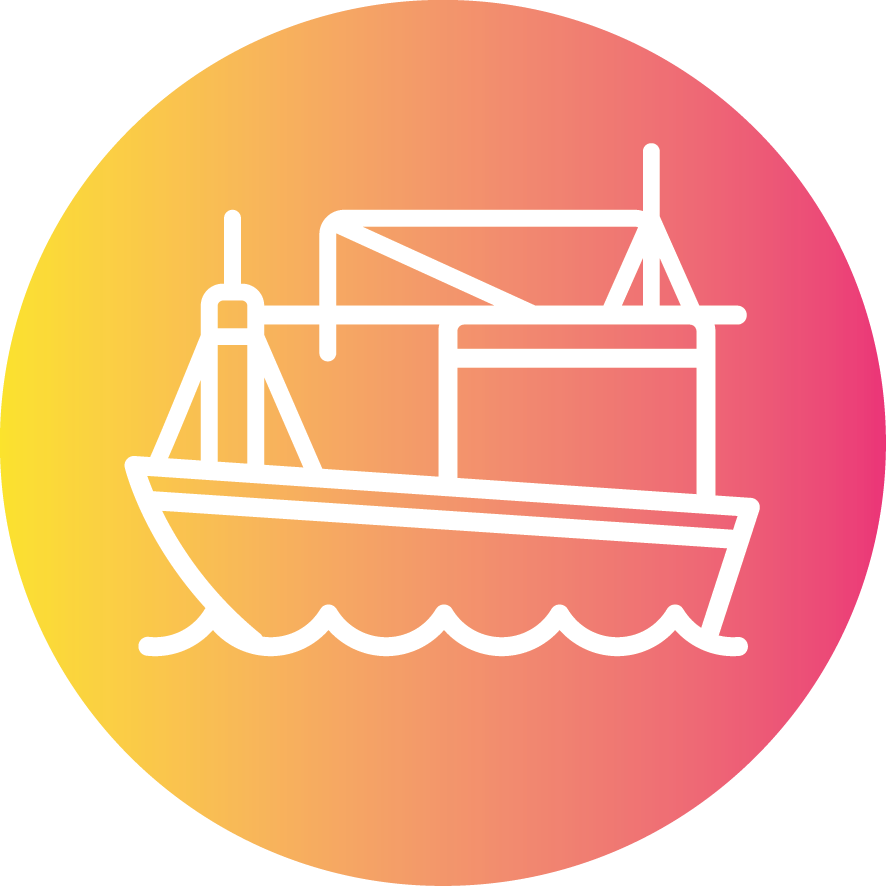
120 millions
people depend on artisanal fishing worldwide
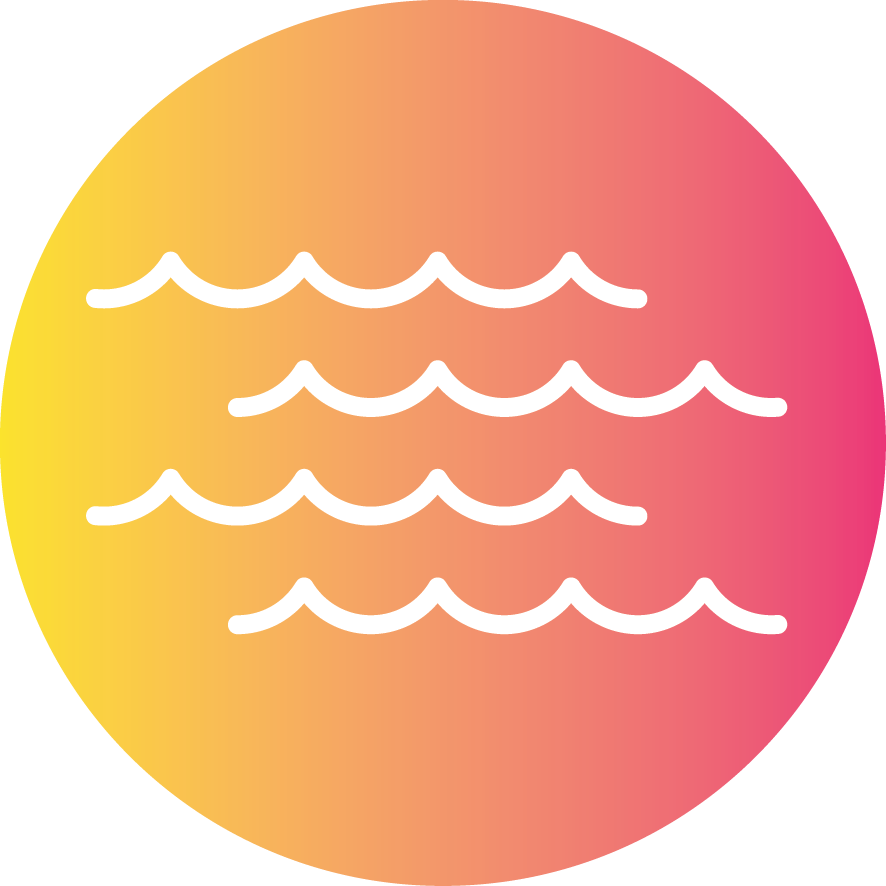
360 millions
km² of sea and ocean
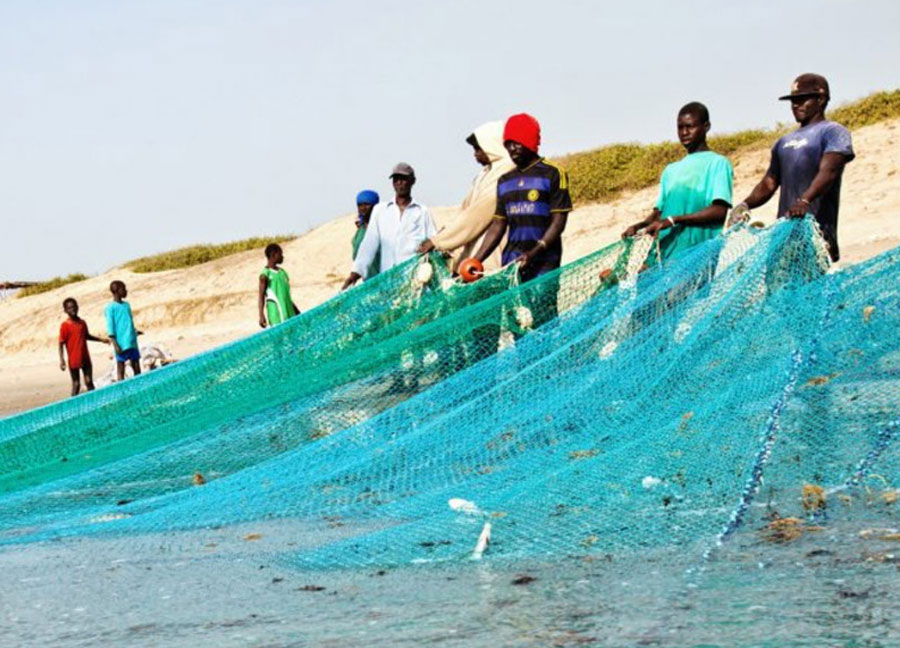
Artisanal fishing
Artisanal or traditional fishermen are far enough away from the coast to be out of range of terrestrial networks. However, some of their problems are identical to those of larger boats: staying safe and being able to alert the rescue services, tracking their movements and their equipment, providing traceability evidence for the products they bring back.
Fishing gear
Fishing gear such as nets are very valuable for small-scale fishermen and can cause significant pollution when lost at sea. Retrieving them requires hours spent at sea, which implies as much risk and additional fuel consumption. It is now simple to connect them by satellite to locate them and go directly to the area.
